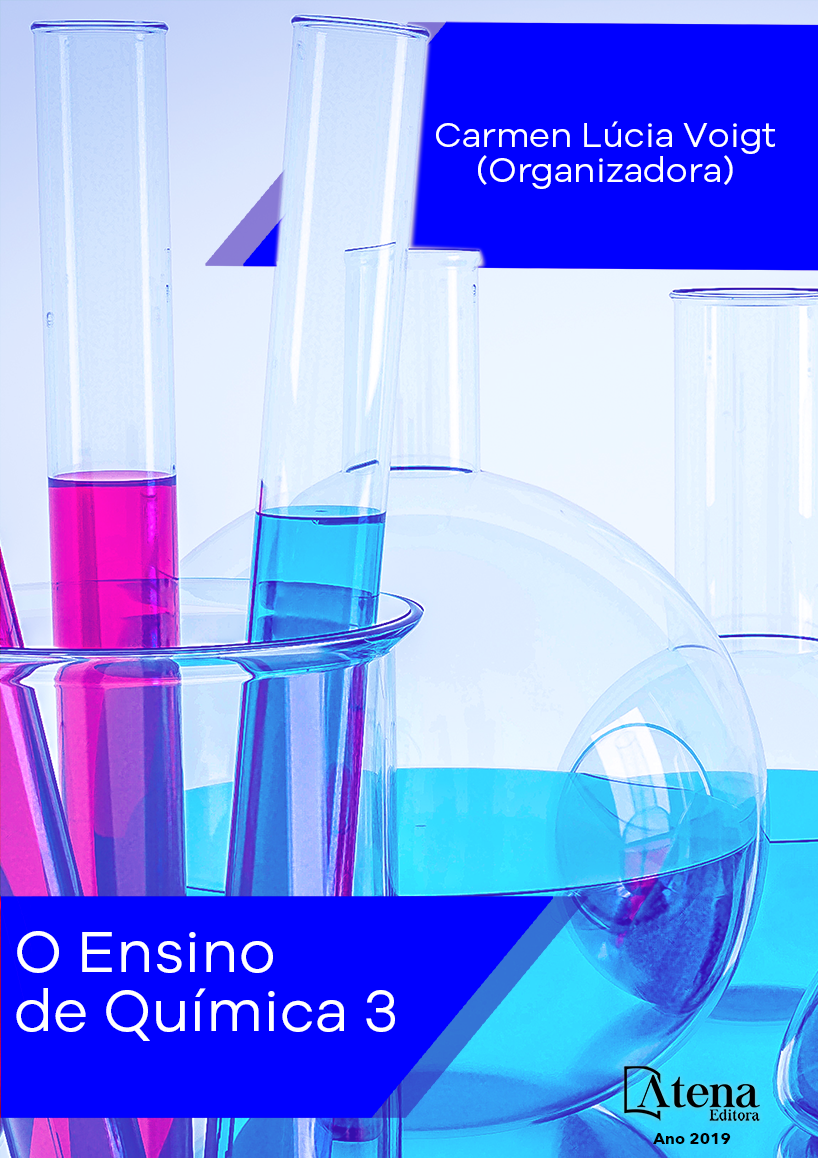
ESTUDO SOBRE A OCORRÊNCIA DE BLOWOUT EM TAMPAS DE LATAS DE BEBIDAS CARBONATADAS
Latas de bebidas carbonatadas
produzidas a partir de chapas de alumínio
pelo processo DWI – drawn and wall ironing
apresentam leveza, flexibilidade, possibilidade
de fechamento com tampas de fácil abertura,
ótima aparência, entre outras vantagens.
Porém, possuem também características
críticas que podem levar à perda do produto,
como resistência limitada a alimentos ácidos e
à exposição a altas temperaturas na presença
de agentes agressivos ao material. Nessas
latas há o risco de abertura espontânea da
escotilha da tampa de alumínio, fenômeno
conhecido como Blowout, resultante do
rompimento do semicorte da tampa. O processo
de blowout pode acontecer em decorrência de
diversos fatores, como: desenvolvimento de
corrosão, medida e integridade da espessura
residual do semicorte, pressão interna do
produto e condições de temperatura no
transporte e distribuição. Íons cloreto e cobre,
eventualmente presentes na superfície externa
das tampas, agem como aceleradores deste
processo, levando à abertura precipitada das
tampas. Este projeto teve por objetivo estudar a
resistência à ocorrência de blowout de tampas
de alumínio, provocado intencionalmente
por meio do contato constante da região do
semicorte com soluções de íons cloreto e cobre
em diferentes concentrações e submetidas a
condicionamentos em temperatura e umidade
relativa elevada (35°C / 90% UR), intercalando
com temperaturas mais baixas (ambiente e
4°C). Foram analisados variados teores de
carbonatação e tampas com características
distintas. Os resultados confirmaram que a
variação na temperatura de estocagem, o teor
de carbonatação e a exposição a íons cobre
na concentração de 200 μg.L-1 e cloreto de
100 mg.L-1 são fatores propícios para ocorrer
blowout.
ESTUDO SOBRE A OCORRÊNCIA DE BLOWOUT EM TAMPAS DE LATAS DE BEBIDAS CARBONATADAS
-
DOI: 10.22533/at.ed.9131926045
-
Palavras-chave: bebidas carbonatadas, alumínio, corrosão, blowout, semicorte
-
Keywords: carbonated drinks, aluminum, corrosion, blowout, score line.
-
Abstract:
Carbonated beverage cans produced from aluminum sheets through the
DWI - drawn and wall ironing process provide lightness, flexibility, closure with easy -
to - open lids, great appearance, among other advantages. However, they also have
critical characteristics that can lead to product loss, such as limited resistance to acidic
foods and exposure to high temperatures in the presence of aggressive agents to the
material. In these cans there is a risk of spontaneous opening of the aluminum end,
a phenomenon known as blowout, resulting from the rupture of the cover score line.
The Blowout process can occur due to several factors, such as the development of
corrosion, the measurement and integrity of the residual thickness of the semi-cut, the
internal pressure of the product and the temperature conditions in the transportation
and distribution. Chloride and copper ions, optionally present on the outer surface of
the caps, act as accelerators of this process, leading to the precipitous opening of the
double seamed ends. The objective of this project was to study the resistance to blowout
of aluminum lids, caused intentionally by means of the constant contact of the score
line region with solutions of chloride and copper ions in different concentrations and
subjected to conditioning in temperature and high relative humidity (35 °C/90% RH),
intercalating with lower temperatures (ambient and 4 °C). Various carbonation levels
and two lids with different characteristics were analyzed. The results confirmed that the
variation in storage temperature, carbonation content and exposure to copper ions at
the concentration of 200 μg.L-1 and 100 mg.L-1 chloride are factors that favor blowout.
-
Número de páginas: 15
- Gabriely Fernanda Bataier
- Beatriz Maria Curtio Soares
- Sílvia Tondella Dantas


